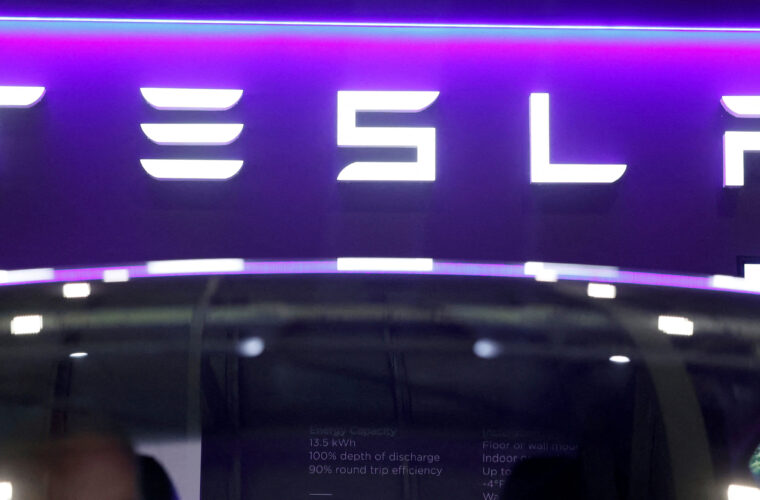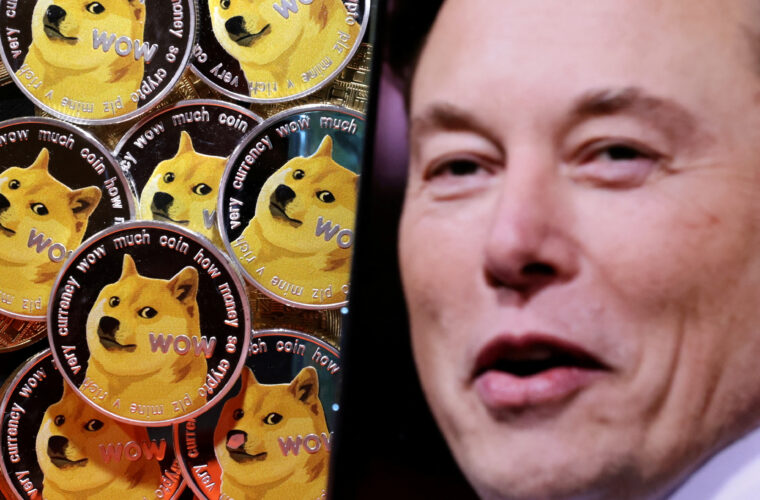A new Tesla gigafactory in Europe is on the way. And it will most likely be built in Valencia, Spain. There is still no official announcement from the company or the Spanish government, but some clues point towards this choice. The economic newspaper Cinco Días confirmed the ongoing negotiations between Elon Musk and the Generalitat Valencia, according to which the confidentiality agreement signed by the Iberian authorities is the seal of the pact. If Tesla is acting in the shadows for now, more talkative have been the Valencian representatives, with the president of the Generalitat, Ximo Puig, speaking of a possible agreement with large companies interested in building a plant in the Valencia metropolitan area, with total investments of €24.4 billion and the potential creation of more than 40,000 jobs.
Valencia is the ideal place to produce electric cars
Then narrowing in on Tesla was the daily Levante-EMV, which specialized in the affairs of the Comunidad Valenciana and reported on the company’s plans, which is ready to invest €4.5 billion to build a factory in the area. To appease the spread of information and the proliferation of press inquiries, the Valencian government denied that a deal had been struck but not Tesla’s interest. The U.S. company’s focus on the Iberian country is nothing new, as last year Musk posted a tweet advising the Spanish government to “build a huge solar plant, which could power all of Europe.” Jokes aside, however, in recent weeks, the Tesla founder has said that by the end of the year, he would choose the location of the second European gigafactory after the first one opened in the German state of Brandenburg, where between 4,000-5,000 cars a week have been produced since February.
The arrival of a second plant in Europe is part of Tesla’s plan to overtake Volkswagen, the continental leader in production, which, in turn, has planned investments of 10 billion euros to build a 40 Gwh battery plant to be operational from 2026 in Sagunto, a town 30 km from Valencia. Ford also has a production plant in the same area where it intends to build electric vehicles to complete the picture.
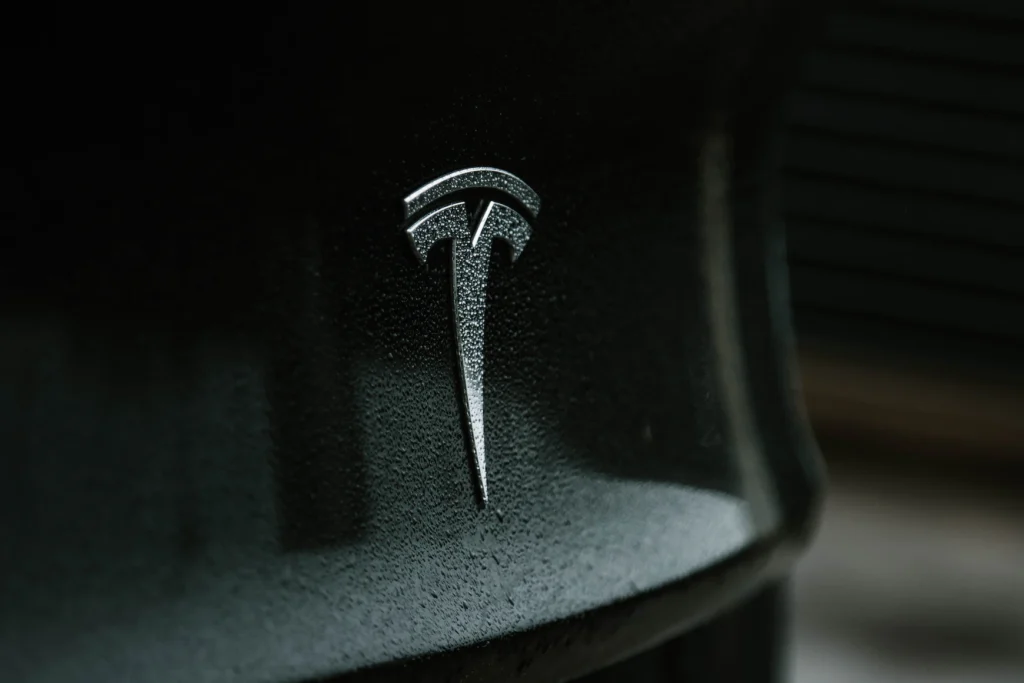
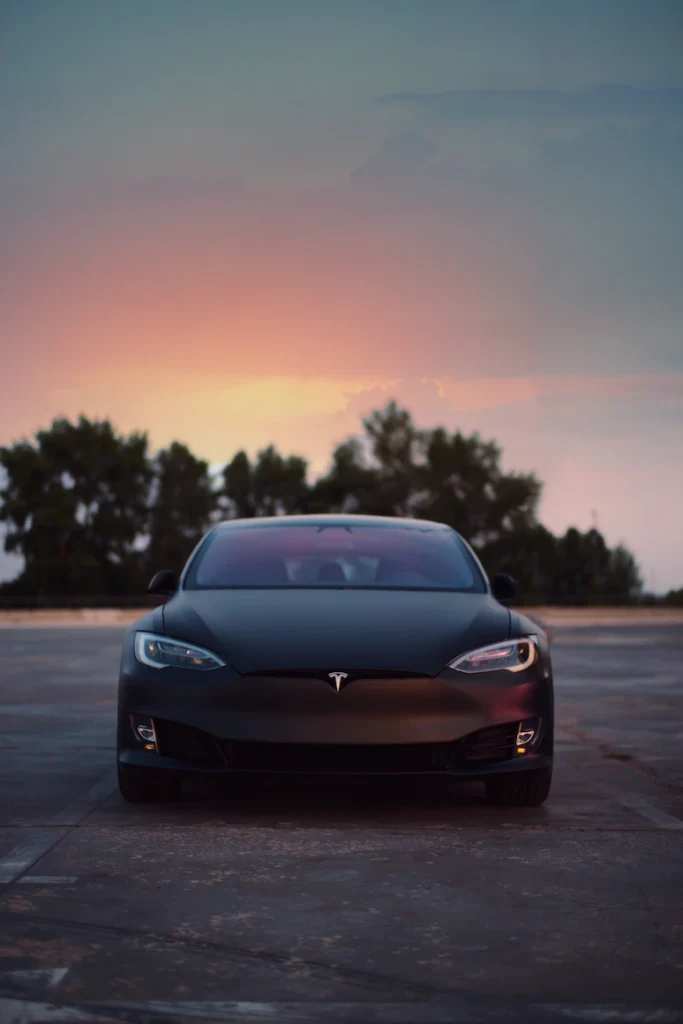
The concentration of various car multinationals in the Valencia region is anything but coincidental because within a few kilometres, it offers two ports for exporting vehicles (Sagunto is Toyota’s port of call for southern Europe, while Ford uses Valencia). Another important element is the availability of cheap renewable energy, which reduces electricity costs. Volkswagen came here because of the photovoltaic plant it built, which will be next to the factory and provide 30% of the electricity it needs.
Widening the scope from Valencia to Spain, it should be noted that the country is the second European manufacturer that, to extend its leadership in the sector and create jobs, is using the funds granted by the European Union COVID pandemic recovery funds to attract car manufacturers with plans to produce batteries and electric cars. For companies, on the other hand, what matters is the tax relief, and certainly, so if Spain is willing to offer favourable deals, everyone is happy to go and produce in Spain.
Tesla’s priorities: batteries and charging network agreements
Beyond the choice, with the second European gigafactory, there will be seven Tesla gigafactories: three in the United States (Fremont, Nevada, and Austin), one in Shanghai, one in Berlin, and the sixth that has already been announced will rise in Mexico. In addition to increasing production, building new plants allows the company to reduce taxes on imports and thus offer its cars at lower prices. Another priority for Tesla is to expand the production of 4680 battery cells, a more efficient and durable technology that is a determining factor for the future Cybertruck. To that end, the company has acquired a new 210,000-square-foot facility in Fremont, nearby the one it already operates.
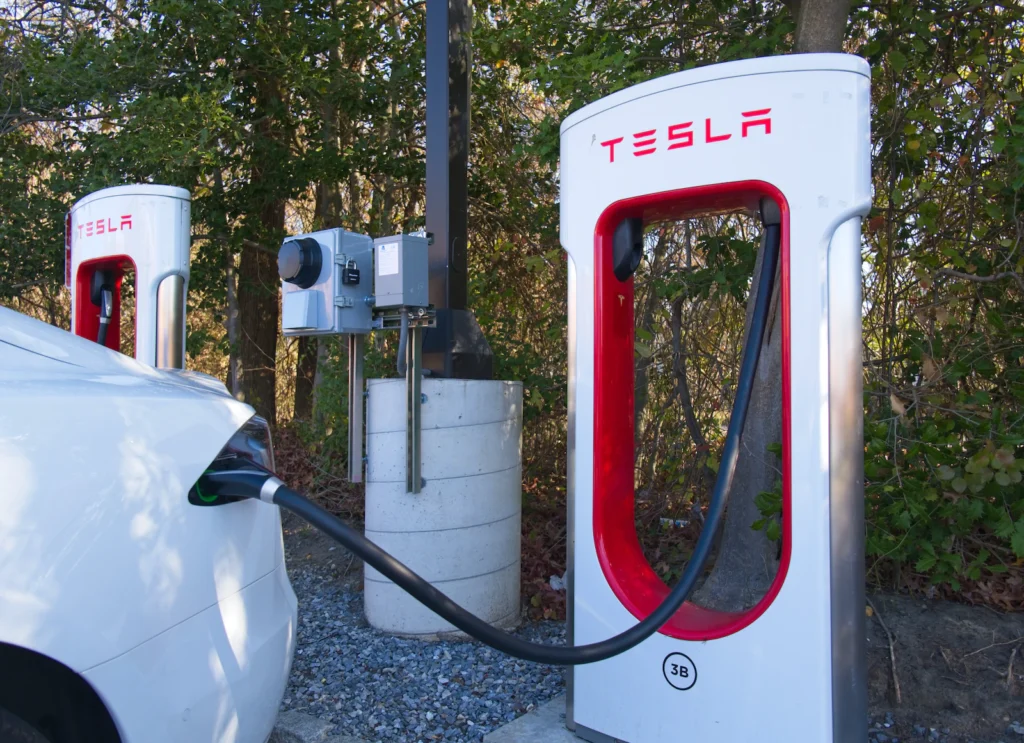
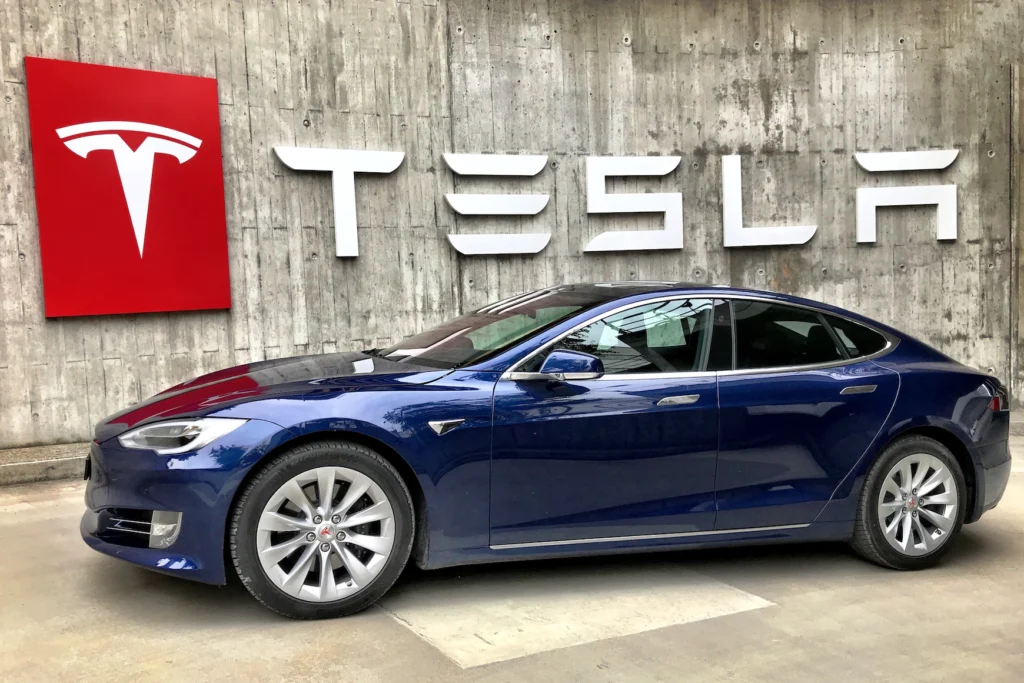
Meanwhile, Musk has closed a deal with General Motors to use Tesla’s approximately 12,000 fast-charging points in North America. By 2024, the Detroit group’s cars will be able to charge via an adapter, while from 2025, GM will install Tesla’s connector in its cars. The partnership will save General Motors about $400 million over the plan to build a network of Ev charging points. For Musk, however, after Ford comes to another weighty ally to spread his standard, thus taking another step toward the recognition of his system by the entire automotive industry, which, if it comes to pass, would guarantee Tesla additional billion-dollar revenues.


